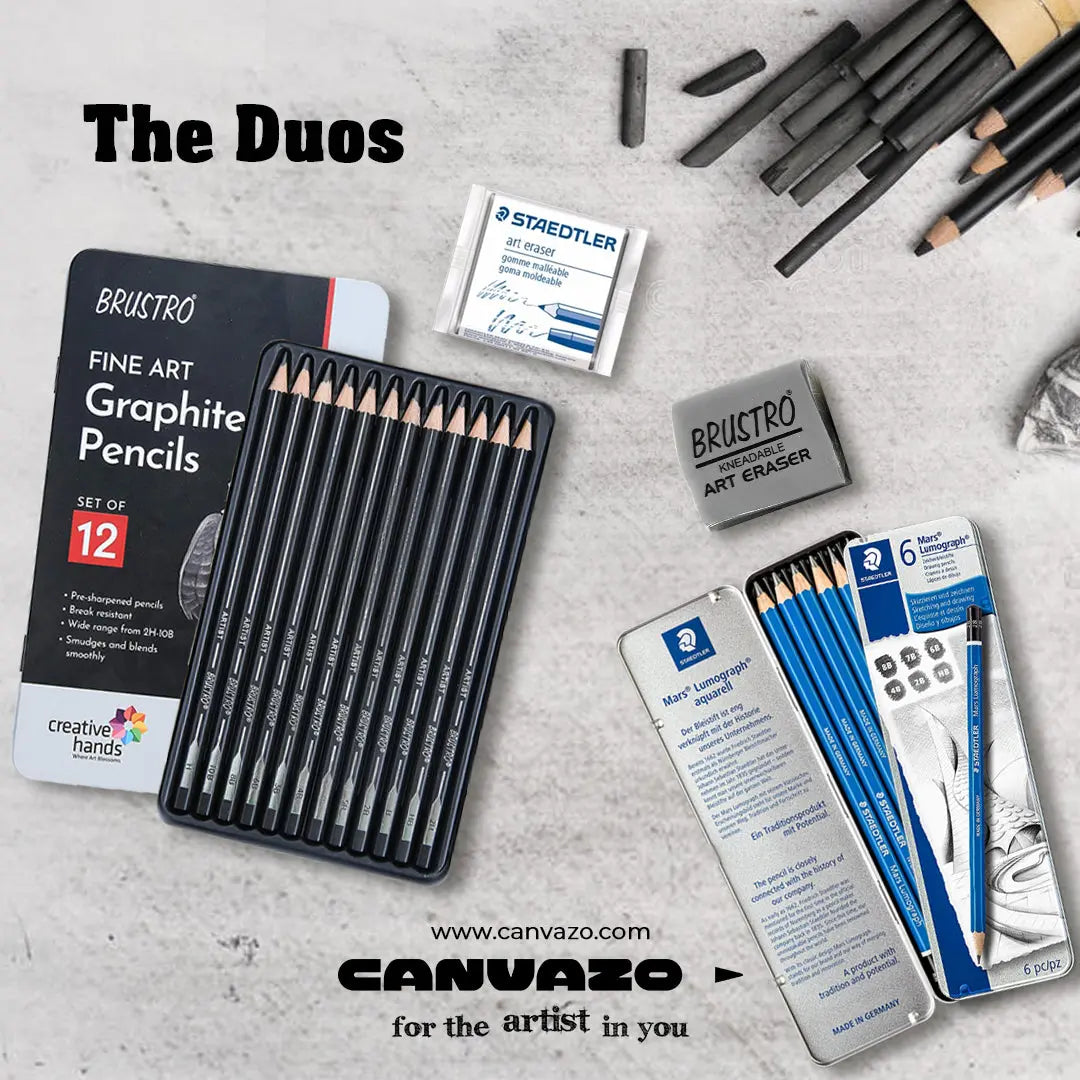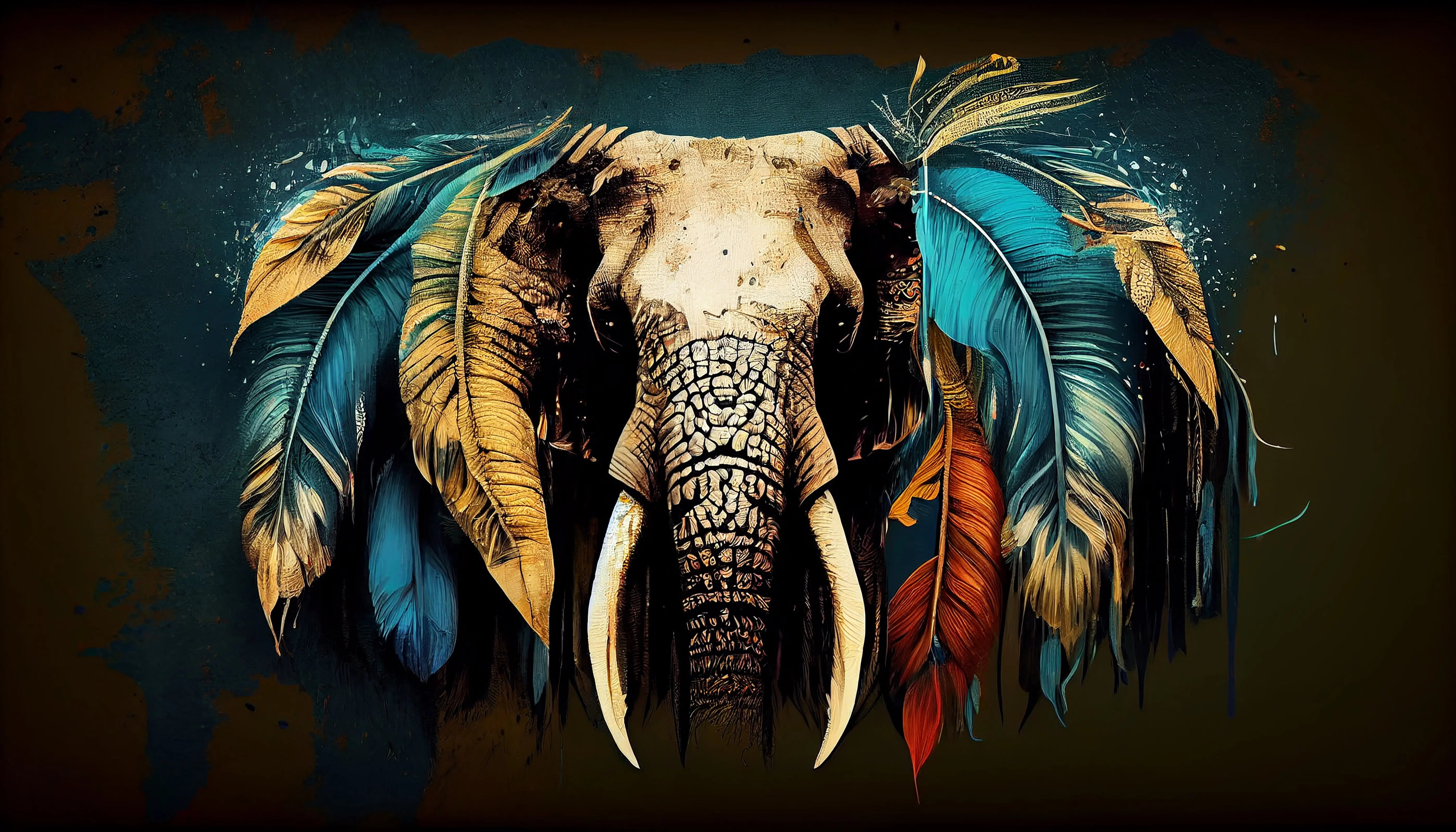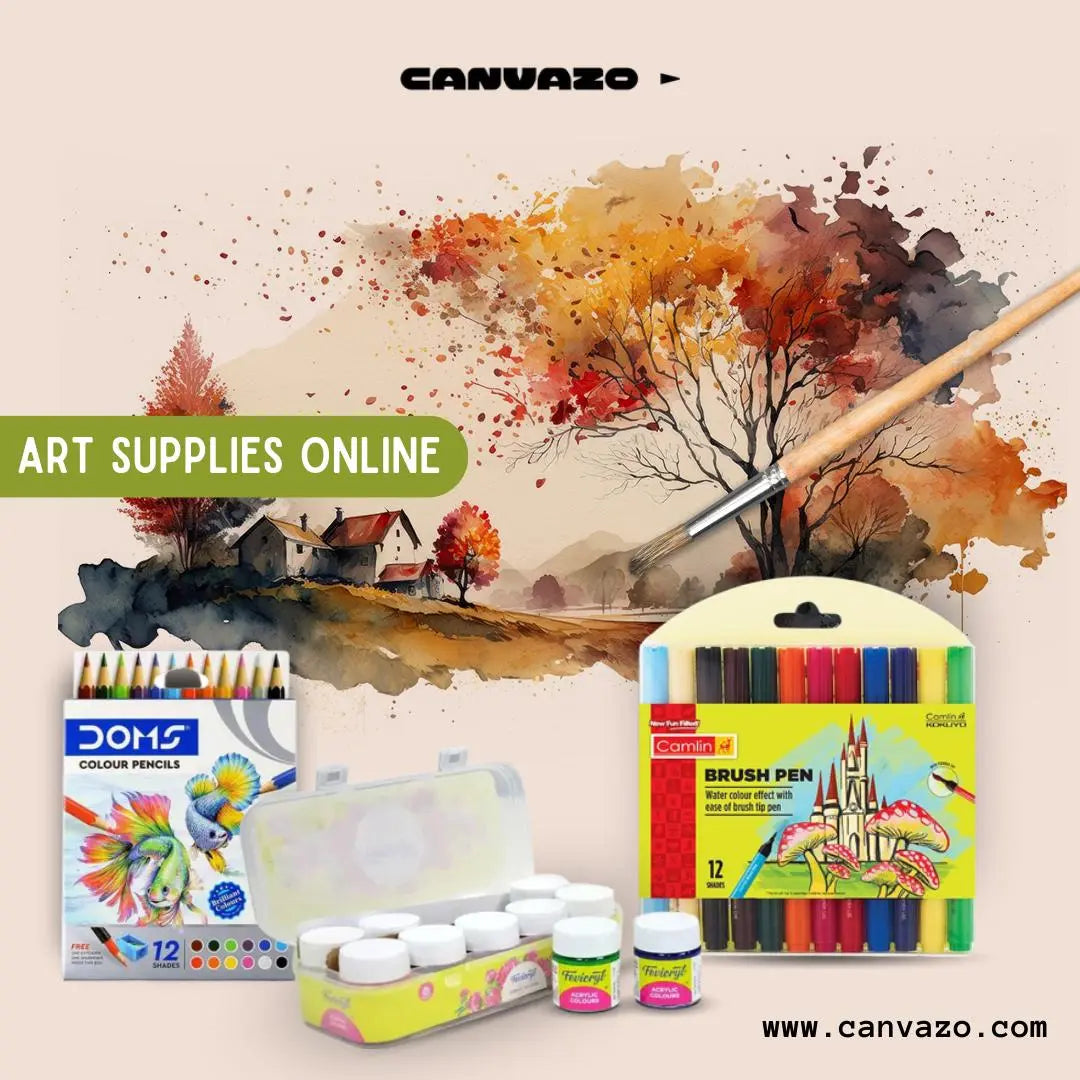Welcome to this beginner's guide to sketching! Sketching is a fundamental skill for artists, designers, and anyone looking to visually communicate their ideas. Whether you're an experienced artist looking to improve your skills or a complete beginner looking to get started, this guide will provide you with the tools you need to start sketching today.
Before we dive into the details of sketching, let's first define what sketching is. Sketching is the act of creating a quick, rough, or unfinished drawing or painting. It is a way for artists to quickly capture their ideas and concepts on paper before committing to a final piece.
Now that we have a basic understanding of what sketching is, let's talk about some of the benefits of sketching.
One of the biggest benefits of sketching is that it allows you to quickly capture your ideas and concepts on paper. Whether you're an artist, designer, or just someone with a creative idea, sketching allows you to quickly get your ideas down on paper without the pressure of creating a final piece. This allows you to explore different ideas and concepts without the pressure of creating a final piece.
Another benefit of sketching is that it helps to improve your drawing skills. Sketching regularly helps to improve your hand-eye coordination and your ability to draw accurately. It also helps you to understand perspective, proportions, and other important concepts in drawing.
Now that we've talked about the benefits of sketching, let's talk about some of the tools you'll need to get started.
One of the most important tools for sketching is a sketchbook. A sketchbook is a book specifically designed for drawing and sketching. It typically has a hard cover and blank pages that are perfect for sketching on. There are many different sizes and types of sketchbooks available, so you'll want to choose one that is the right size and format for you.
In addition to a sketchbook, you'll also need some drawing pencils. Drawing pencils come in a range of hardnesses, from very soft (6B) to very hard (6H). The softer the pencil, the darker and more expressive the lines will be. The harder the pencil, the lighter and more precise the lines will be. Most artists use a range of pencils, from HB to 6B, to create different effects in their drawings.
Other tools you may want to consider for sketching include erasers, pencil sharpeners, and blending tools. Erasers are useful for making corrections or removing unwanted lines from your drawings. Pencil sharpeners are useful for keeping your pencils sharp and ready to use. Blending tools, such as blending stumps or tortillions, are useful for creating smooth gradations in your drawings.
Now that we've talked about the tools you'll need to get started, let's talk about some basic techniques for sketching.
One of the most important techniques for sketching is line drawing. Line drawing is the foundation of all drawings, and it involves using lines to create the basic structure and form of your subject. When line drawing, it's important to use light lines that can easily be erased or corrected. This allows you to explore different ideas and make changes to your drawing as you go.
Another important technique for sketching is shading. Shading is the process of adding value, or darkness, to your drawing to create the illusion of form and depth. There are many different techniques for shading, including hatching, cross-hatching, and stippling. Experiment with different techniques to find the one that works best for you.


